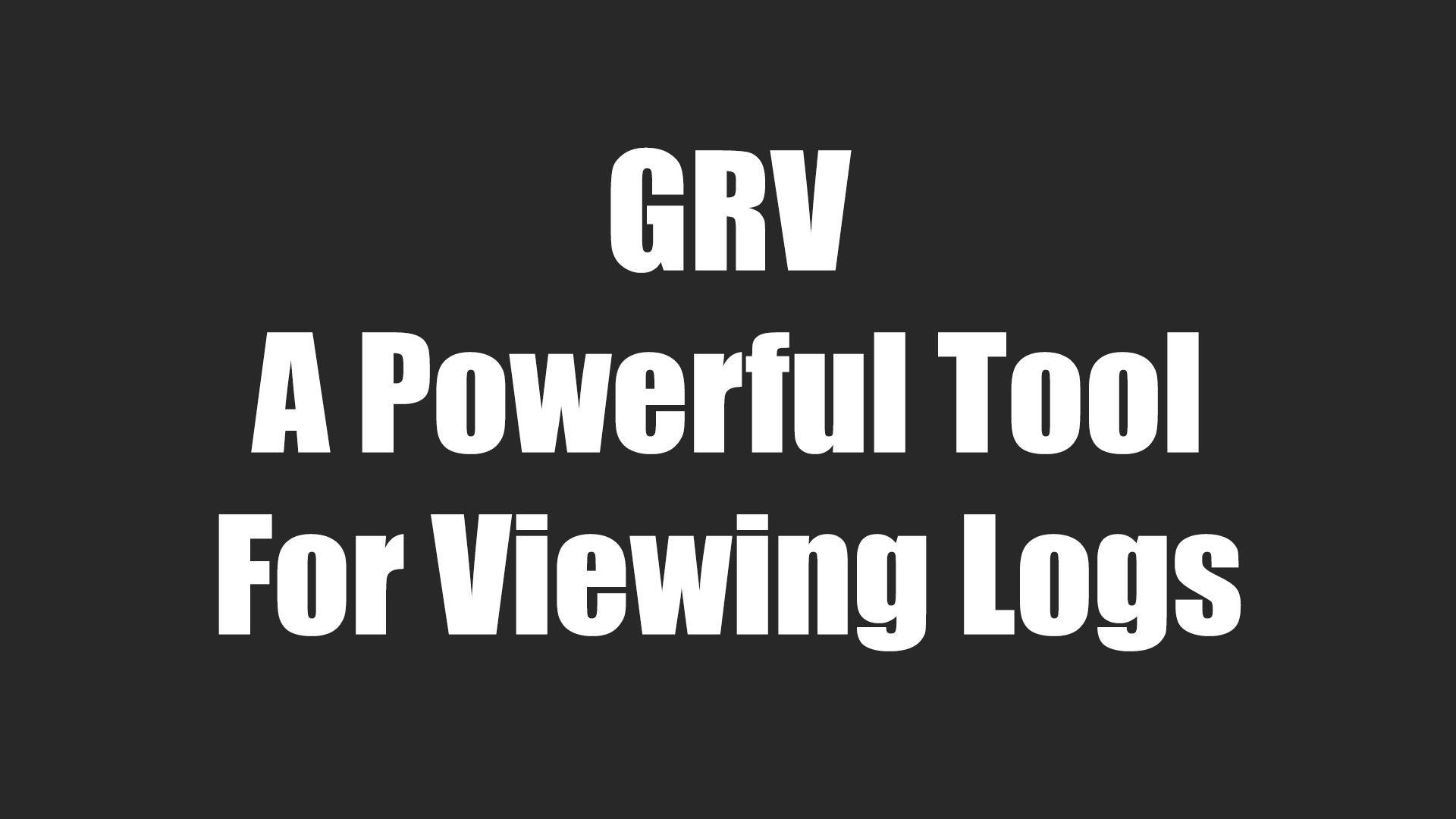GRV: A Powerful Tool for Viewing Logs

Git is one of the most popular and powerful version control systems that allows developers and teams to effectively manage and share their code. However, working with git in the terminal can be inconvenient and difficult, especially if you want to quickly get an overview of the status of your repository, view the commit history, filter references, compare differences, etc. For this, there are various graphical interfaces for git, but they also have their drawbacks, such as dependence on the graphical environment, low speed jobs, limited functionality, etc.
In this article, we will tell you about one interesting and useful tool for viewing git repositories in the terminal, which is called GRV (Git Repository Veiwer). We will explain what it is and how it works, why people use it, what benefits it will give your business, and how you can easily install and use it.
Main information
GRV is a free and open source tool written in the Go language that provides a terminal interface for browsing git repositories. It allows you to view, search and filter references, commits and diffs in the git repository using vi/vim-like keyboard shortcuts. The behavior and style of GRV can be configured via the configuration file. GRV also supports a query language that can be used to filter references and commits, as well as to perform various actions on the repository. GRV runs on Linux, FreeBSD and Mac OS X, and requires the following libraries for its operation: libncursesw, libreadline, libcurl and cmake (for building libgit2).
An explanation of what it is and how it works
GRV is short for Git Repository Veiwer, which means git repository viewer. This means that GRV allows you to view various information about your git repository in the terminal, such as a list of references (branches, tags, deleted repositories, etc.), commit history, commit tree, diffs between commits, files or references, repository status, etc. GRV also allows you to perform some operations on the repository. such as switching between branches, merging, rebasing, rolling back, creating tags, deleting references, etc.
GRV works as follows: it runs its own git process, which monitors changes in the file system associated with the repository and updates the interface accordingly. GRV is organized into tabs and sections that can be created, closed, moved and modified at will. Each tab or section can contain one or more views that display various information about the repository. For example, there are views for references, commits, diffs, status, help, etc. You can switch between views using keyboard shortcuts, as well as filter and search for information in them using the GRV query language. You can also perform various actions on the repository using GRV commands that start with the ":” character. For example, :checkout master will switch you to the master branch, and :merge origin/master will merge the origin/master branch with the current branch.
Why do people use it
People use GRV for various reasons, but mainly because it provides a convenient and fast way to view and manage git repositories in the terminal, without having to use graphical interfaces or run a lot of git commands. GRV also has a number of advantages over other git tools, such as:
- GRV is independent of the graphics environment, and can work in any terminal that supports colors and a mouse.
- GRV has a high speed of operation, as it uses libgit2 to work with the repository, rather than running git processes for each action.
- GRV has rich and flexible functionality, as it supports a query language and commands that allow you to filter, search, sort, group and perform various actions on the repository.
- GRV has a customizable interface, as it allows you to create your own tabs and sections, as well as change themes, colors, fonts and keyboard shortcuts.
What advantages will this give to your business?
Using GRV can give your business a number of advantages, such as:
- Increase the productivity and efficiency of developers, as they can quickly and conveniently view and manage their git repositories in the terminal, without having to switch between windows or run many git commands.
- Improving the quality and reliability of the code, as GRV makes it easy to view and compare diffs between commits, files or references, as well as track changes in the file system associated with the repository.
- Reduced hardware and software costs, as GRV does not require a graphical environment and works in any terminal that supports colors and a mouse, as well as uses minimal system resources.
Conclusion
In this article, we told you about the GRV tool, which allows you to view and manage git repositories in the terminal. We explained what it is and how it works, why people use it, what benefits it will give your business, and how you can easily install and use it.


